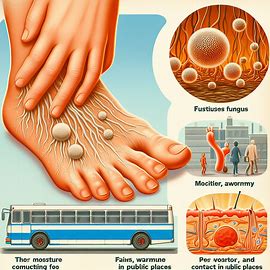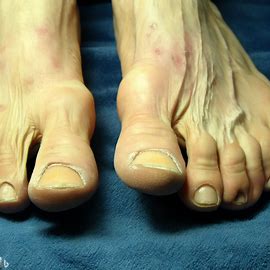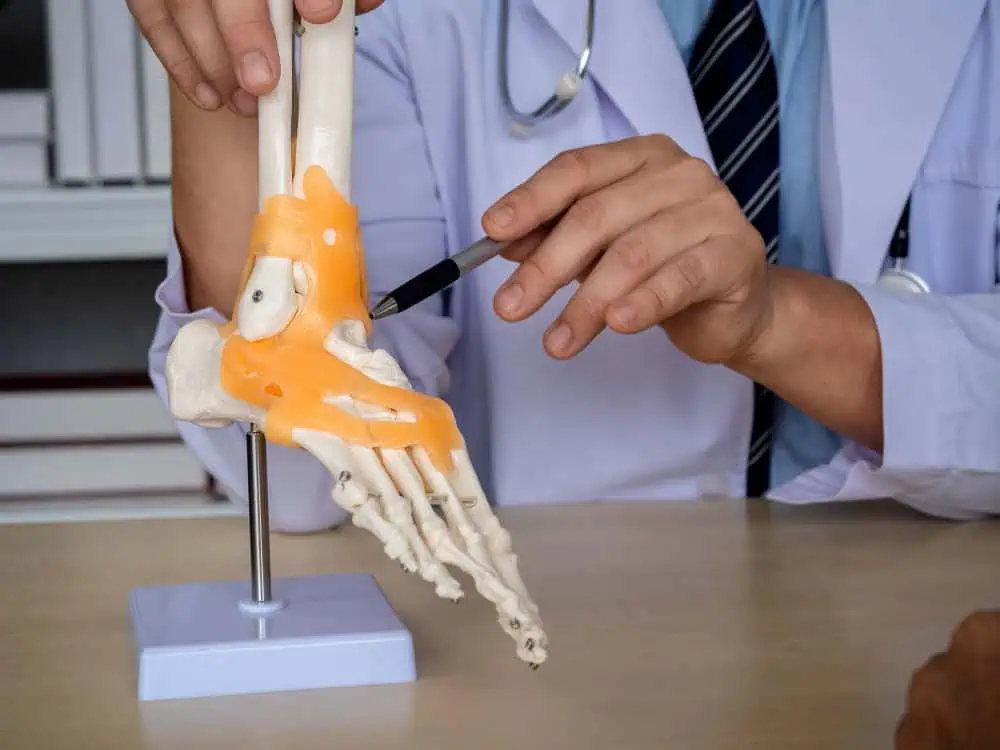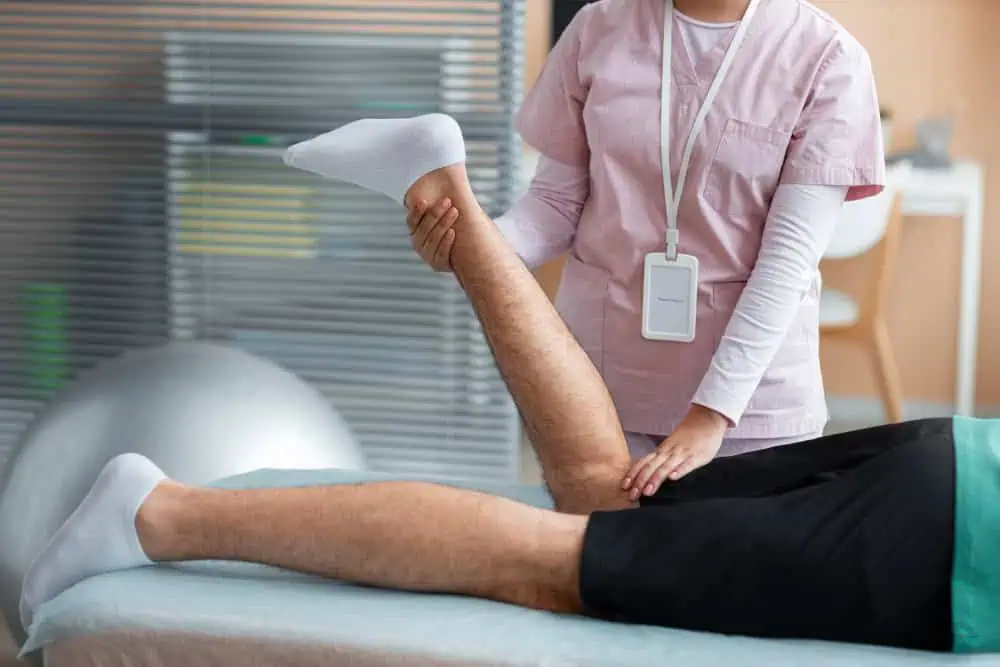
In the realm of common fungal infections, athlete’s foot stands as a prevalent condition that often afflicts individuals, leading to discomfort and annoyance. Yet, a curious aspect persists: why does this fungal infection predominantly target the feet, sparing the hands of athletes and non-athletes alike? Exploring the underlying reasons behind this discrepancy unveils a blend of environmental factors, anatomical distinctions, and behavioral patterns that dictate the prevalence of athlete’s foot over athlete’s hand.
Environmental Factors and Fungal Proliferation
Athlete’s foot thrives in warm, moist environments, finding solace in areas such as locker rooms, swimming pools, and communal showers. The feet, encapsulated within socks and shoes for prolonged periods, offer the ideal conditions for fungal growth. Conversely, the hands, frequently exposed to air and washed multiple times a day, present a less hospitable environment for fungi to flourish. This stark contrast in environmental exposure sets the stage for the preferential targeting of the feet by athlete’s foot.
Anatomical Distinctions and Susceptibility
The anatomy of the feet inherently predisposes them to fungal infections compared to the hands. The spaces between toes create ideal breeding grounds for fungi, facilitating their proliferation and exacerbating the likelihood of infection. Additionally, the thicker layers of skin on the soles of the feet provide ample protection for fungi to thrive, making it easier for them to penetrate and cause infection. Conversely, the hands possess thinner skin layers and fewer crevices, rendering them less susceptible to fungal colonization.
Behavioral Patterns and Transmission
The behaviors associated with foot care and hygiene also contribute significantly to the prevalence of athlete’s foot. Feet often receive less attention in terms of hygiene compared to hands, leading to inadequate drying after bathing or sweating. This moisture retention, coupled with the warmth provided by socks and shoes, creates an optimal environment for fungal growth. In contrast, hands are subjected to frequent washing and drying throughout the day, minimizing the chances of fungal colonization and transmission.
Why Not Athlete’s Hand?
The absence of a counterpart to athlete’s foot, commonly referred to as athlete’s hand, can be attributed to several factors. Firstly, the hands’ frequent exposure to air and regular washing mitigate the risk of fungal infections. Secondly, the skin composition of the hands, characterized by thinner layers and fewer crevices, serves as a natural deterrent to fungal colonization. Lastly, the hands’ role in daily activities necessitates regular cleaning and hygiene practices, further reducing the likelihood of fungal proliferation.
Conclusion: Navigating the Predominance of Athlete’s Foot
In summary, the prevalence of athlete’s foot over athlete’s hand stems from a combination of environmental, anatomical, and behavioral factors. The warm, moist environments favored by fungi, coupled with the anatomical predispositions of the feet and behavioral patterns associated with foot care, contribute to the higher incidence of athlete’s foot. Understanding these nuances enables individuals to adopt preventive measures and maintain optimal foot hygiene, thereby reducing the risk of fungal infections and promoting overall foot health.





